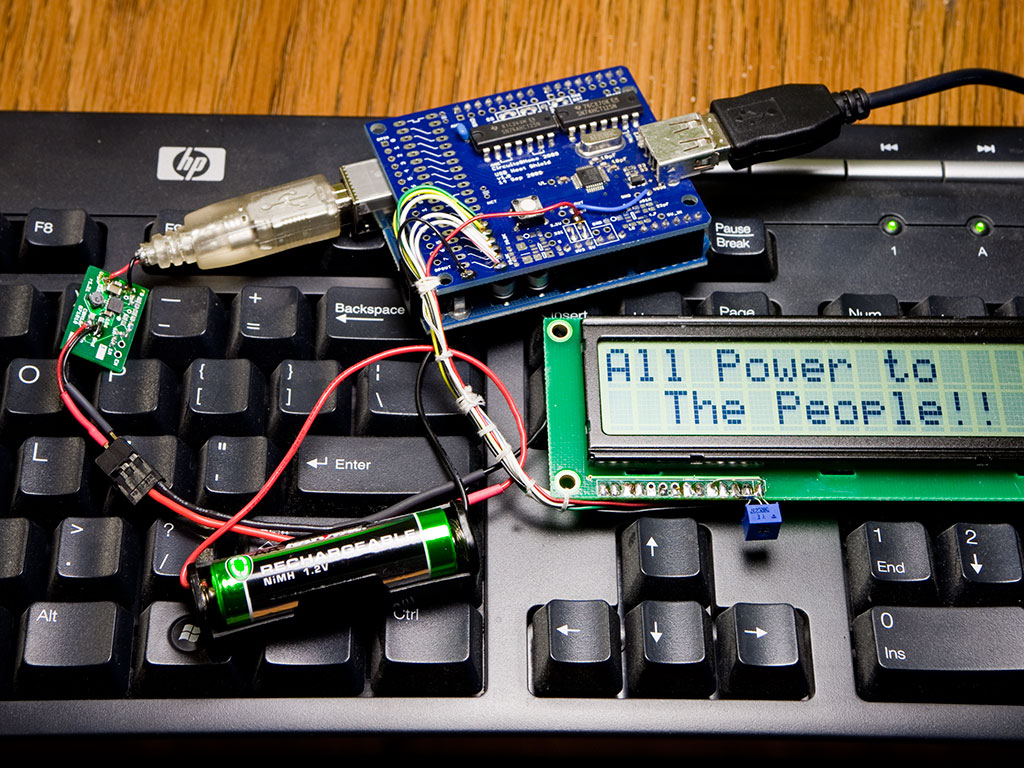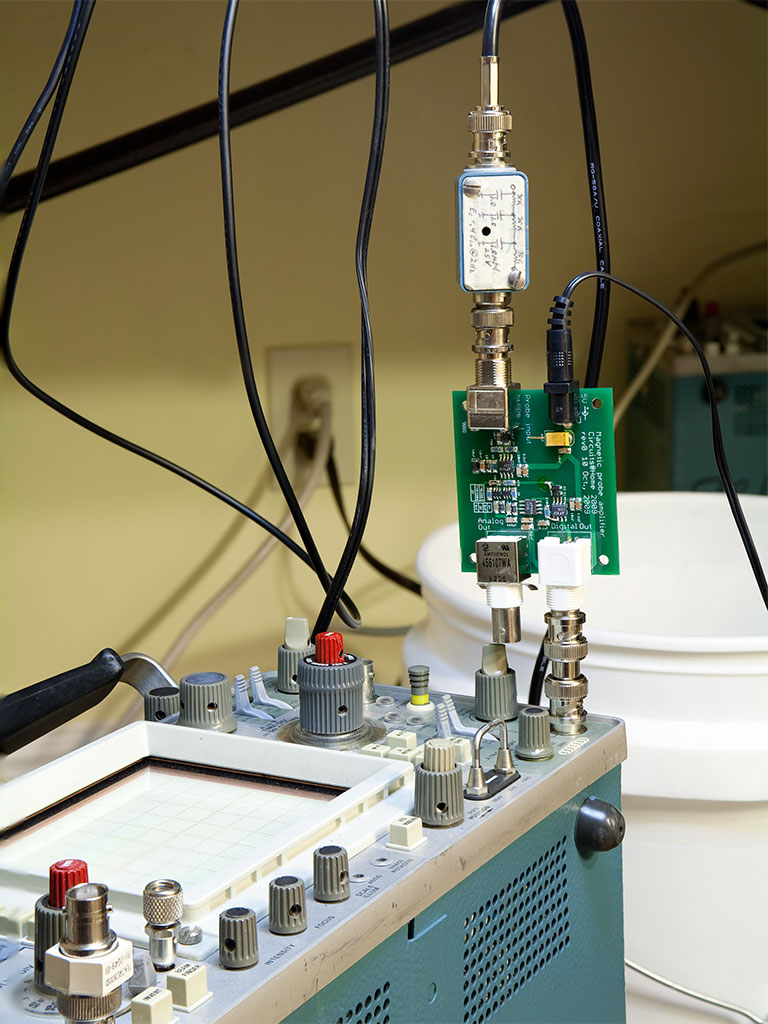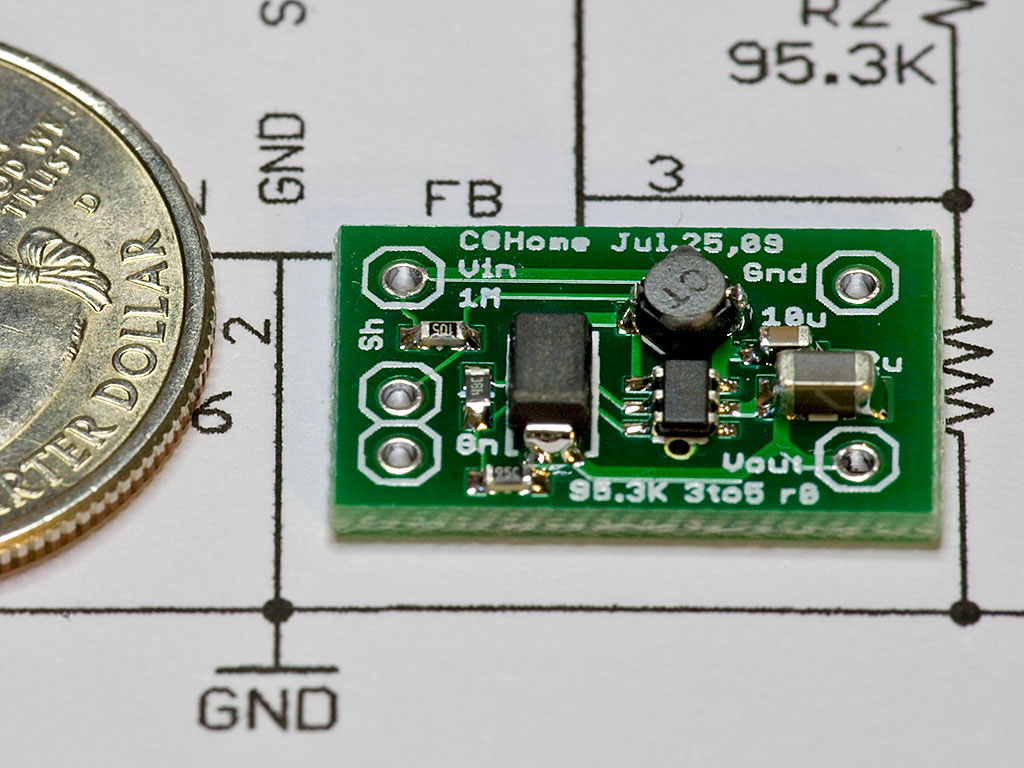 Today's electronic projects often require multiple supply voltages. For example, 5V is commonly used to power microcontrollers (MCUs), while sensors and peripheral interface controllers typically operate at 3.3V. If your circuit includes both types of components, both voltages must be provided. Usually, one voltage is derived directly from the main power source (such as a battery or wall adapter), and the second voltage is generated from the first—using either a linear LDO regulator if it is lower, or a boost converter if it is higher.
Today's electronic projects often require multiple supply voltages. For example, 5V is commonly used to power microcontrollers (MCUs), while sensors and peripheral interface controllers typically operate at 3.3V. If your circuit includes both types of components, both voltages must be provided. Usually, one voltage is derived directly from the main power source (such as a battery or wall adapter), and the second voltage is generated from the first—using either a linear LDO regulator if it is lower, or a boost converter if it is higher.
 About a year ago, while researching low-startup-voltage DC-DC converters, I came across Texas Instruments’ TPS61200. This monolithic synchronous rectifier boost converter offers several notable features.
About a year ago, while researching low-startup-voltage DC-DC converters, I came across Texas Instruments’ TPS61200. This monolithic synchronous rectifier boost converter offers several notable features.
 When working with switching power supplies or high-frequency circuits, getting a clean, reliable oscilloscope trigger can be surprisingly tricky. Standard probes often struggle with noise and interference, especially when trying to capture small ripple or switching artifacts. Fortunately, there are clever solutions hidden in the deep archives of application notes. In this post, I’ll share a particularly elegant trigger probe circuit originally developed by Jim Williams, along with some practical tips for building and adapting it with modern, easily available components.
When working with switching power supplies or high-frequency circuits, getting a clean, reliable oscilloscope trigger can be surprisingly tricky. Standard probes often struggle with noise and interference, especially when trying to capture small ripple or switching artifacts. Fortunately, there are clever solutions hidden in the deep archives of application notes. In this post, I’ll share a particularly elegant trigger probe circuit originally developed by Jim Williams, along with some practical tips for building and adapting it with modern, easily available components.
 During the development of the Arduino USB Host Shield, I designed a small and simple boost converter to provide 5V to the VBUS line from a 3.3V input. The circuit, built around Linear Technology’s LTC3426, performed so well that I decided to release a standalone version. There are many uses for such a converter—providing LCD contrast bias is one of the most common. Another scenario where a 3.3V-to-5V converter can be useful is with older Arduino shields. This photo shows my converter occupying an unused area on a 3.3V-only Arduino Pro board.
During the development of the Arduino USB Host Shield, I designed a small and simple boost converter to provide 5V to the VBUS line from a 3.3V input. The circuit, built around Linear Technology’s LTC3426, performed so well that I decided to release a standalone version. There are many uses for such a converter—providing LCD contrast bias is one of the most common. Another scenario where a 3.3V-to-5V converter can be useful is with older Arduino shields. This photo shows my converter occupying an unused area on a 3.3V-only Arduino Pro board.
 Today's electronic projects often require multiple supply voltages. For example, 5V is commonly used to power microcontrollers (MCUs), while sensors and peripheral interface controllers typically operate at 3.3V. If your circuit includes both types of components, both voltages must be provided. Usually, one voltage is derived directly from the main power source (such as a battery or wall adapter), and the second voltage is generated from the first—using either a linear LDO regulator if it is lower, or a boost converter if it is higher.
Today's electronic projects often require multiple supply voltages. For example, 5V is commonly used to power microcontrollers (MCUs), while sensors and peripheral interface controllers typically operate at 3.3V. If your circuit includes both types of components, both voltages must be provided. Usually, one voltage is derived directly from the main power source (such as a battery or wall adapter), and the second voltage is generated from the first—using either a linear LDO regulator if it is lower, or a boost converter if it is higher.


